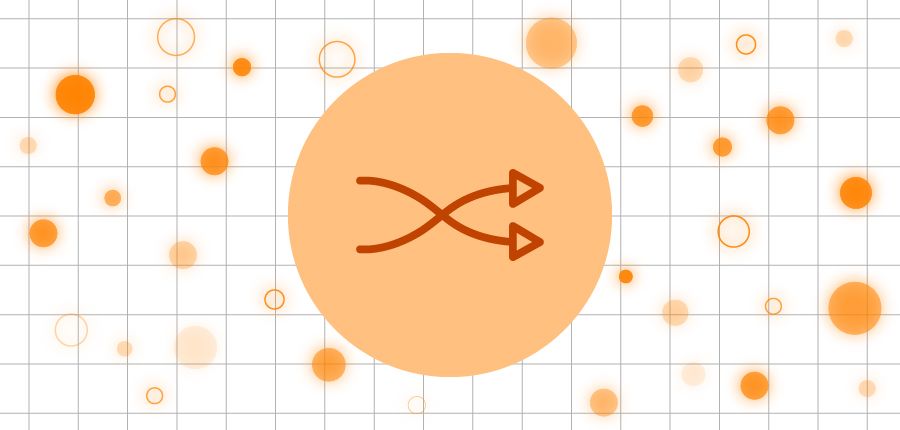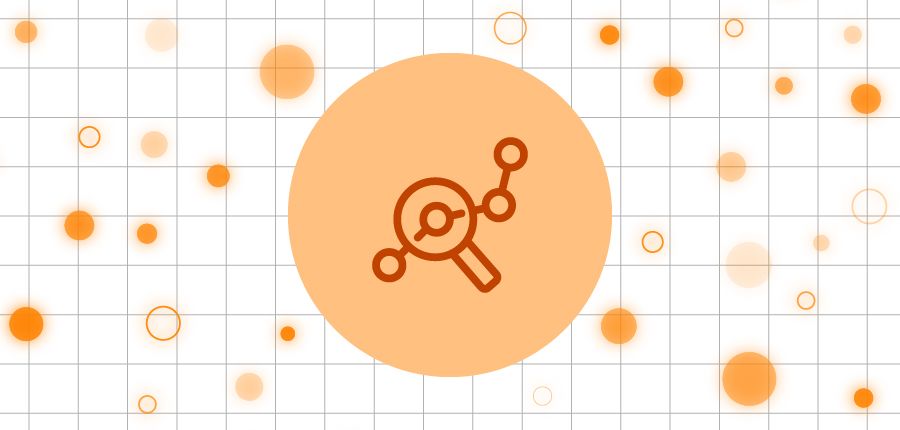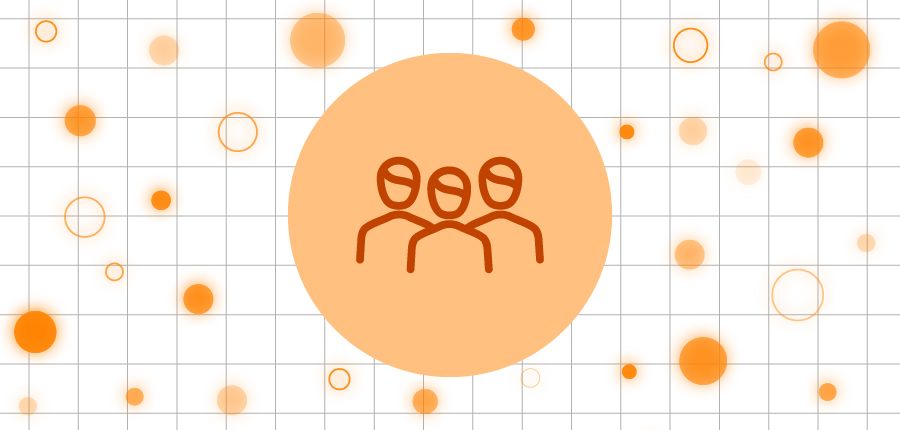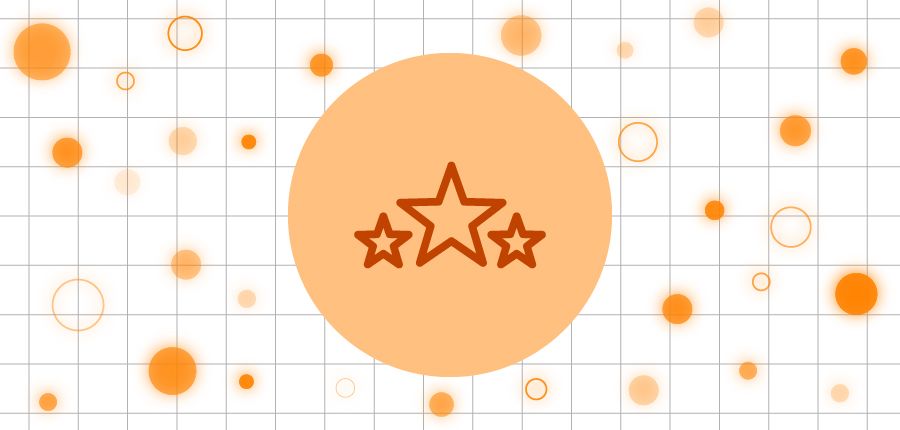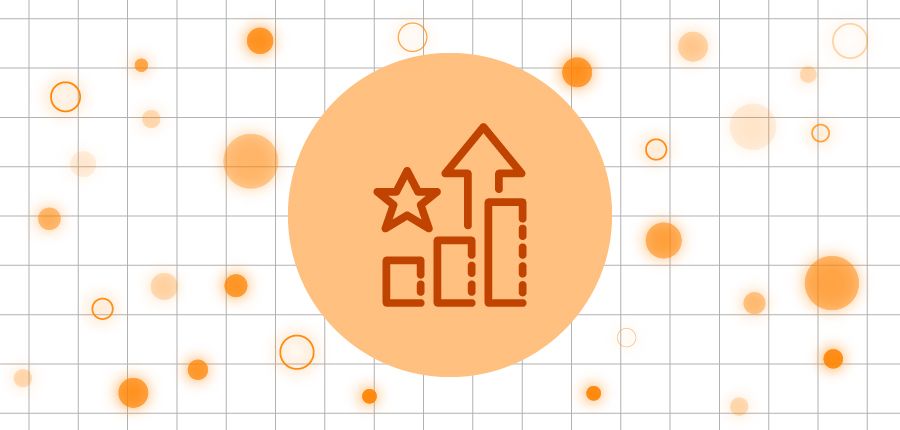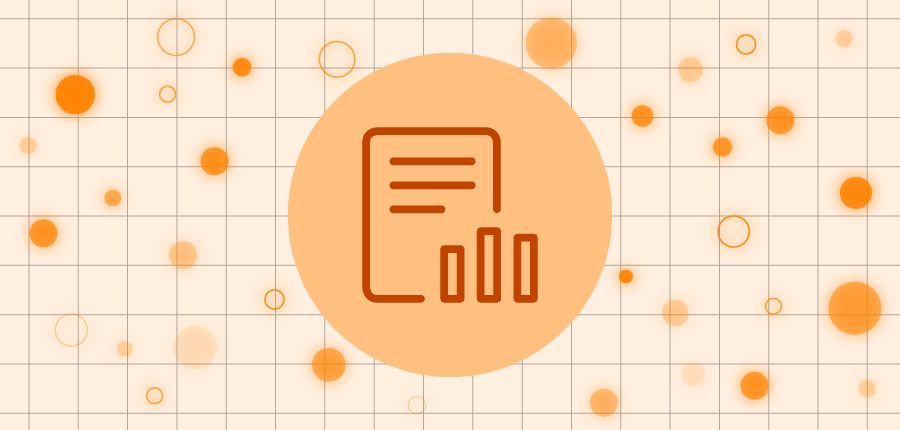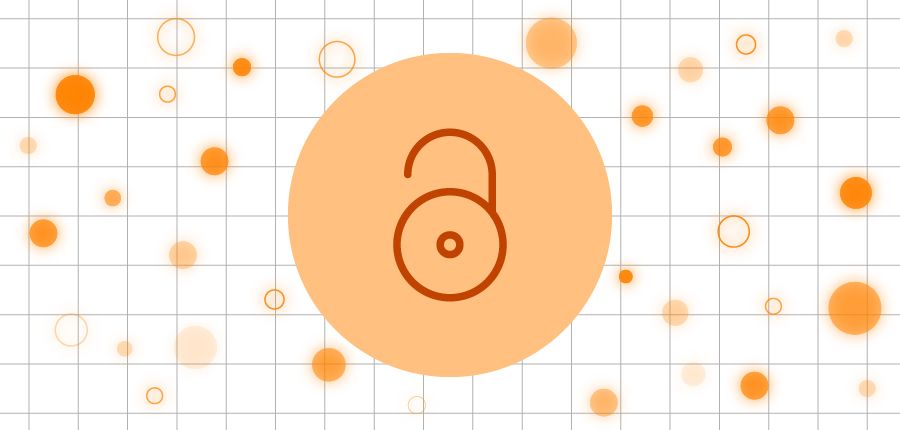Demonstrating journal value beyond rankings
White paper


Foreword
As a publisher spanning the full spectrum of scholarly disciplines, we believe that all properly validated research is valuable, contributing to the collective advancement of understanding and knowledge.1
However, journal ranking systems, which create hierarchical structures among journals, continue to divide opinion.2 While a level of standardisation can be useful for evaluating and comparing journals, metrics like the Journal Impact Factor (JIF) and citation counts are often overemphasised as indicators of significance and novelty. Such metrics should not be used as a proxy for quality and robustness, both of which should be more consistent. Impact metrics tend to prioritise academic significance, overlooking many other important dimensions of research value, such as the societal, cultural, and policy impacts of research, which are important to both researchers and the broader community.3
This overreliance on JIFs is a concern for researchers and funders. A narrow focus on highly citable topics can come at the expense of innovative or exploratory research. In addition, there is evidence that focusing solely on short-term impact fails to capture the value of interdisciplinary research, which frequently ranks lower in traditional metrics yet often has significant long-term influence.4
Our white paper shows that journals with lower impact factors are widely used and contribute meaningfully to the global research landscape, supporting specialised fields and fostering inclusivity.
As we transition to open access (OA), it is our goal to make all validated research accessible to the widest possible audience, regardless of journal ranking. OA enables more equitable access to knowledge and supports diverse research communities worldwide. Through this white paper, we aim to demonstrate that supporting OA in all journals, not just those with high JIFs, is essential to building a more equitable and inclusive research environment.
1 Inclusive Science at Springer Nature
2 The Journal Impact Factor: A Brief History, Critique, and Discussion of Adverse Effects
3 Rethinking impact factors: better ways to judge a journal
4 Interdisciplinary researchers attain better long-term funding performance
Steven Inchcoombe
President, Research, Springer Nature
Executive summary


Academic publishing is often dominated by discussions about impact, with journal rankings and citation impact prioritised over other metrics.5 This white paper challenges that focus by exploring the crucial role that Springer Nature’s lower-quartile (Q3 and Q4) journals6 play in supporting global research. These journals provide vital platforms for niche disciplines, emerging fields, and diverse research communities, while driving accessibility, inclusivity, and knowledge exchange.
To provide evidence of impact beyond JIFs, we have analysed the usage trends of Springer Nature journals by quartile. All data included in our analysis are based on the 2023 Journal Citation Reports (JCR), and Springer and BMC journal usage data from a five-year period (2019-2023). Nature Portfolio journals have been excluded to account for significant outliers in JIFs. Further details on our data analysis can be found in the Methodology.
5 Springer Nature (2025, April). The state of research assessment: Researcher perspectives on evaluation practices.
6 Includes Springer and BMC imprints; all Nature Portfolio titles are excluded.
Key findings
1. All validated research has value
Q3 and Q4 journals contribute to a more inclusive scientific landscape, publishing incremental and foundational research, including new methodologies, observational studies, and discipline-specific advancements.
2. Q3 and Q4 journals develop and sustain specialised fields and emerging disciplines
Across more than 80 disciplines, Springer Nature’s Q3 and Q4 journals generate over 50% of article usage, serving as vital platforms for smaller, specialised research communities.
3. They provide essential platforms for global discourse and equity
Q3 and Q4 journals play an essential role in supporting authors from low- and middle-income countries (LMICs) and early career researchers (ECRs) by increasing their visibility and opportunities to publish.
4. Journal rankings are not static
New journals and those in specialised fields often start in lower quartiles or have no JIF when they are first introduced in the JCR, but this can evolve over time. Nearly half of Springer journals that initially ranked in Q3, Q4, or had no ranking (2019 and 2023) have since advanced, with 40 reaching Q1 or Q2 status in the latest JCR report.
5. Significant and growing engagement with Q3 and Q4 journals
- In 2023 alone, Q3 and Q4 journals accounted for 22% of all usage for Springer Nature titles, including downloads and non-licensed access attempts.
- In 2023, the average year-on-year usage growth for Springer Nature’s Q3 and Q4 journals was 27%, compared with 17% for Q1 and Q2 journals.
- Readership for Q3 and Q4 journals spans high-research-producing countries including China, the United States, and India.
Case studies
The white paper also features firsthand perspectives on the value of Q3 and Q4 journals, illustrating how they support diverse research outputs, foster inclusivity, and support the global research ecosystem.
Contributors
The role of OA in journal metrics
As the research community shifts toward OA, there is a growing need to move beyond traditional metrics like JIF and consider a broader range of measures to assess a journal’s qualities,7 such as making research accessible to wider and more diverse communities.8 Our white paper shows that Q3 and Q4 journals foster inclusivity, amplify diverse voices, and address region-specific challenges—and are therefore key to building a more equitable research environment that serves the entire global community.
7 San Francisco Declaration on Research Assessment
8 Rethinking impact factors: better ways to judge a journal
Prefer to read offline?
Download the PDF version. To help protect the environment, please avoid printing unless absolutely necessary. Thank you for supporting sustainable practices.


